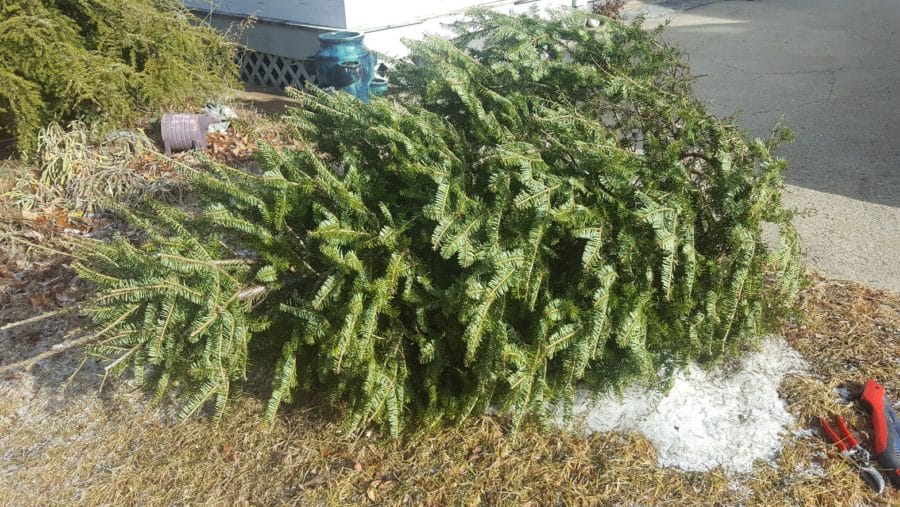In the last blog I talked about spring – and a little about the factors that determine what (and when) spring starts. In this blog I want to talk about personal observations I have made about the arrival of spring.
Over my life, mostly spent in New England, I have noticed that spring can be everything. It can be snowy, rainy, sunny, windy, muddy or dry. In recent years I have noticed that spring is changing. Our weather is more erratic – most notably, it gets hot (not warm) for long enough so that the plants burst forth. Buds, flowers, leaves – the whole gamut- comes alive quickly. Shortly after the high temperatures, we have a hard frost. Orchardists complain this happens far too often these days. The warm weather encourages the fruit trees to bloom, but the frost will kill those blossoms causing poor fruit set and diminished harvests. I often say that native plants are used to our changeable weather, but these sudden cold spells can affect wildflowers as well. If it gets too hot and then freezes hard, no plant – native or not – can escape undamaged.
Another thing I notice is that the timing of the rain has changed quite a bit. In the last few years with the early hot weather we also have had little rain. New England and especially our region is currently suffering through a prolonged drought. There was a lack of snow last winter and we didn’t get much snow cover this year either. We have also seen that hot, dry spring is followed by torrential rain storms. Ten-ish years ago we had several deluges that ran off and eroded the soils. These short hard rains run off into local streams, carrying silt and sand rather than infiltrating into the ground to recharge the soils.
Bloom times have changed, and our USDA hardiness map has changed due to our unusual weather. Yellow Lady’s Slippers are always a popular sight in our gardens. I used to tell people to come around Memorial Day to see them in bloom, in the last several years that time has moved to mid-May. Many of our flowers appear earlier as spring gets warmer. As our weather (and our climate) changes we will also see many changes in our gardens.



